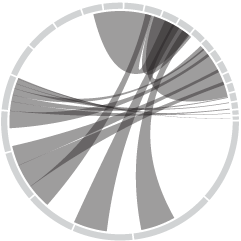Anyone who uses a social music service like Rdio or last.fm has probably noticed an album’s sudden rise in popularity after certain events. For example, when Amy Winehouse died, her album received exponentially more plays than usual. Other times the increase in plays for a certain artist is simple, like the release of a new album. Last.fm takes a look at these patterns in 2011 through the lens of scrobbles, which is basically how last.fm users log what they’re listening to.
Download the data here [zip file] and have a go yourself.

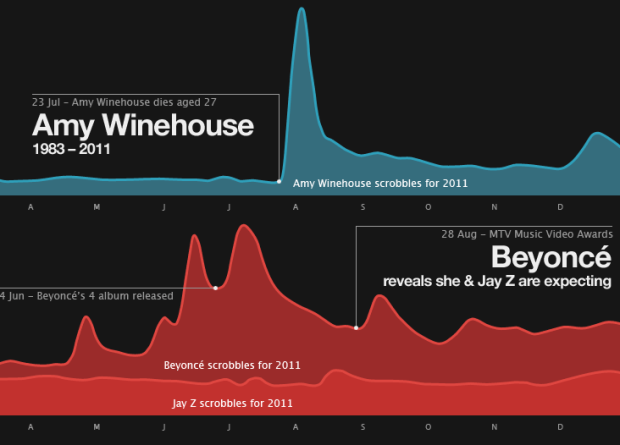
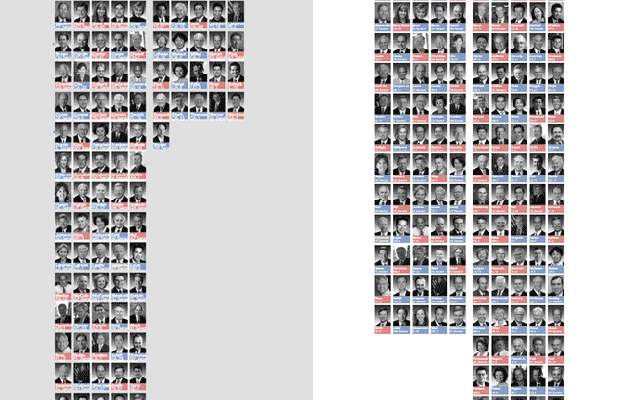



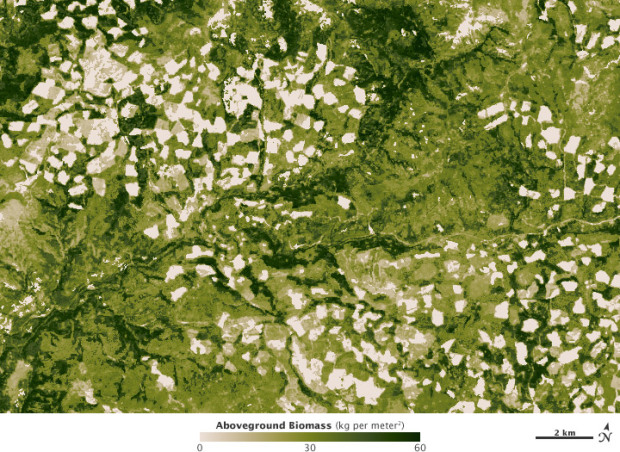
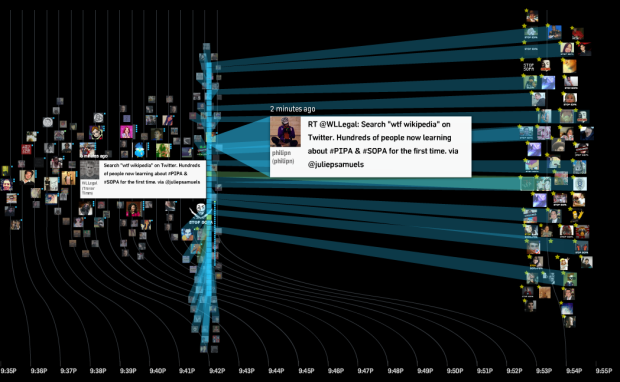
 Visualize This: The FlowingData Guide to Design, Visualization, and Statistics (2nd Edition)
Visualize This: The FlowingData Guide to Design, Visualization, and Statistics (2nd Edition)



